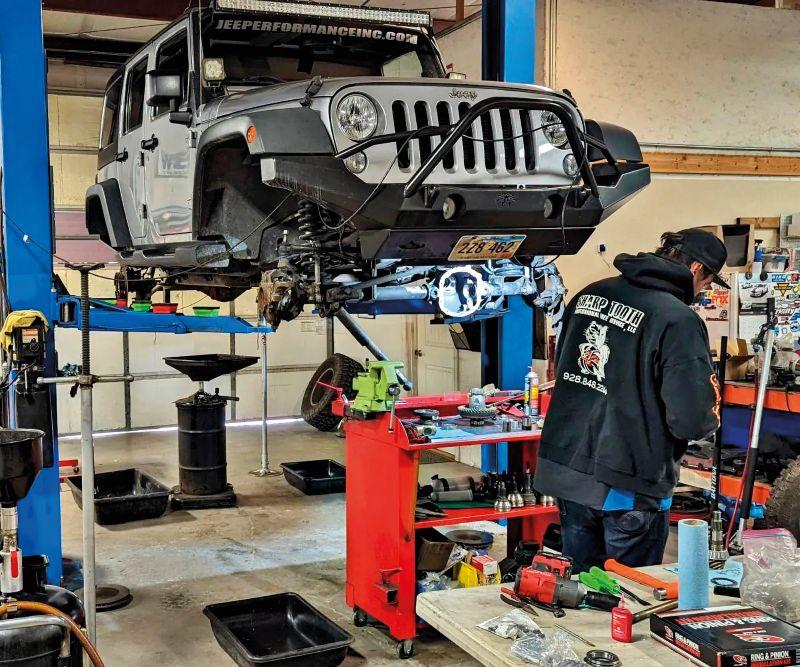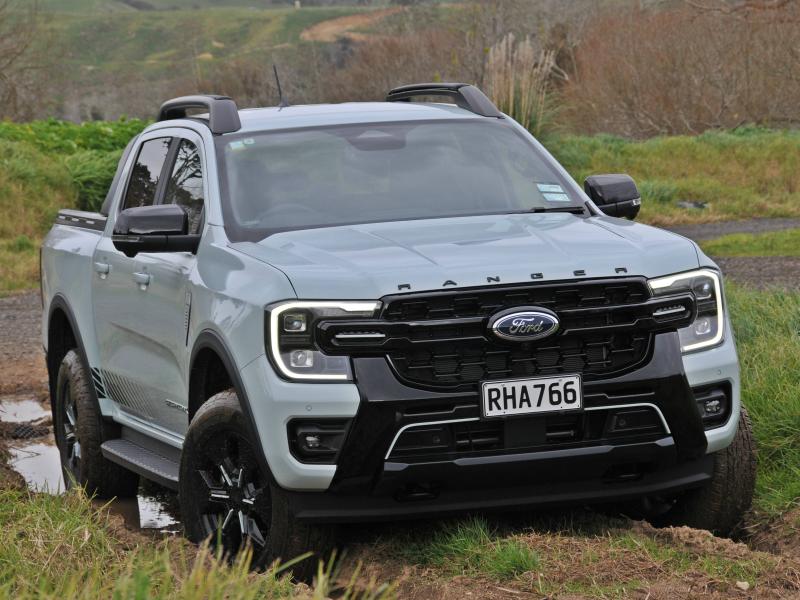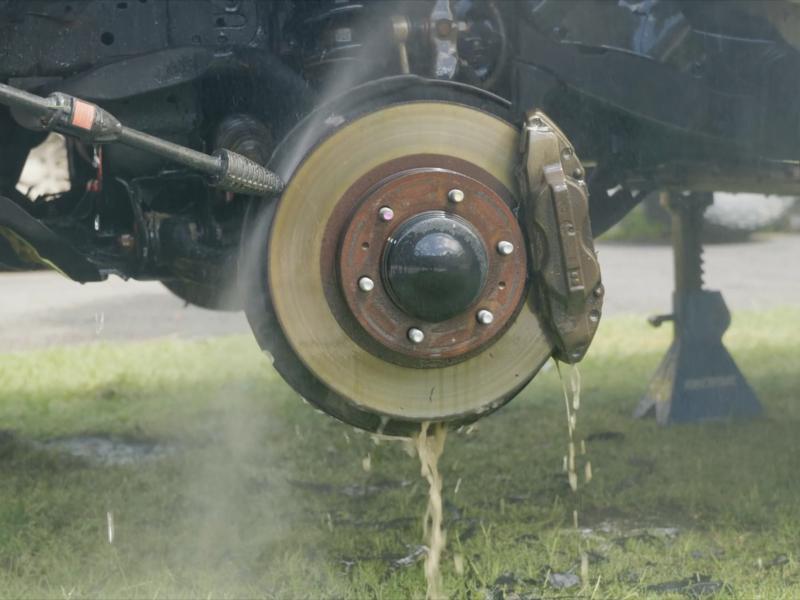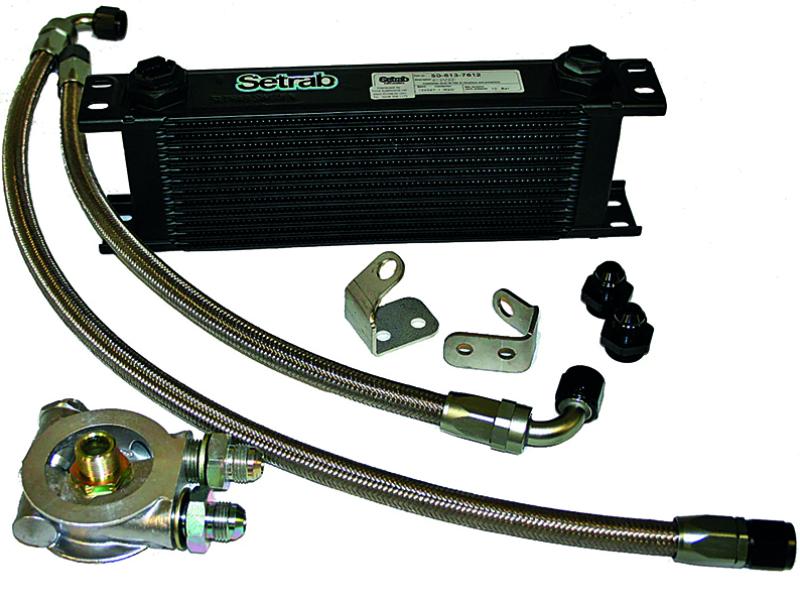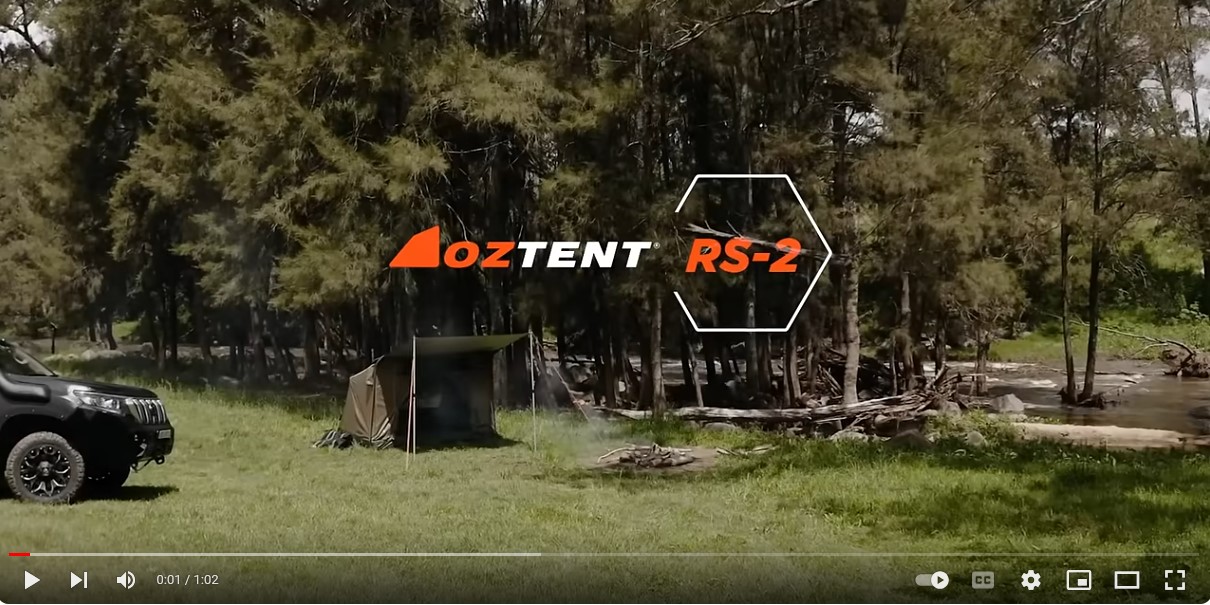Off-road/ Adventuring? Overlanding? The classic Kiwi ‘she’ll be right’ attitude won’t work. That 4WD will only work at its full potential if it is built for the job, and if it is maintained properly. It’s part of the 4WD lifestyle. We put our vehicles through some pretty nasty experiences, and expect them to perform. Here are some tips and suggestions to keep the 4WD running smoothly.
Battery
A battery is a battery, right? Actually, wrong. Specific batteries work best for specific uses these days.
Watch out for excessive heat, excessive vibration, moisture, mud and dust. If the battery is close to the engine, radiator or exhaust, make or buy a heat shield to protect it. The best idea is to mount the battery in a proper battery box which is vented out of the engine bay.
Always keep the battery top clean of contaminants, which can create pathways to leak off charge. A small amount of petroleum gel on the battery posts will keep them from corroding and preserve the charge pathway from battery to vehicle and back.
Clutch
If the vehicle is a manual, periodically pop open the inspection or maintenance bung and shine a light inside to make sure mud and water hasn’t got in. Contaminants can double the wear rate of a clutch and leave the vehicle stranded out in the middle of a drive.
Brakes
Check, check and check again. Most 4WDs have brakes well suited to their multiple use environments, but it’s always possible to get better pads that suit the vehicle’s intended use. When brake pads are changed, always give the brake fluid line a good flush through with fresh fluid. Change disc rotors when they reach minimum thickness, and always change brake pads at the same time so scarring of the friction surface isn’t repeated with the new discs. Again, flush the brake fluid line thoroughly.
A simple way to monitor brake wear is with the annual warrant of fitness, which always lists out brake effectiveness – keep each year’s check form to know if the brakes are still working well.
Suspension
The best way to know if suspension is on the way out is still ‘seat of the pants’. Shock absorbers can ‘fade’ halfway through a punishing track, and no sensor will tell the driver. The feel of the brakes or an increase in nose dive or body roll is a good indicator.
Then a visual inspection will often help too, because shocks will often leak fluid and appear wet to the eye.
Springs are also easily checked using the trusty ‘eye-ometer’. Park on a level surface, and line up bodywork with a background feature that is obviously level – like the side of a building. Suddenly, a slumping side becomes obvious.

